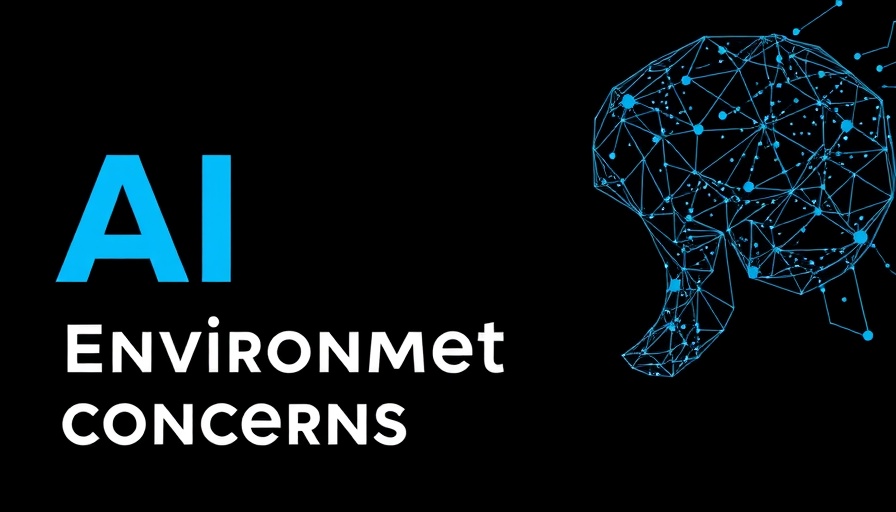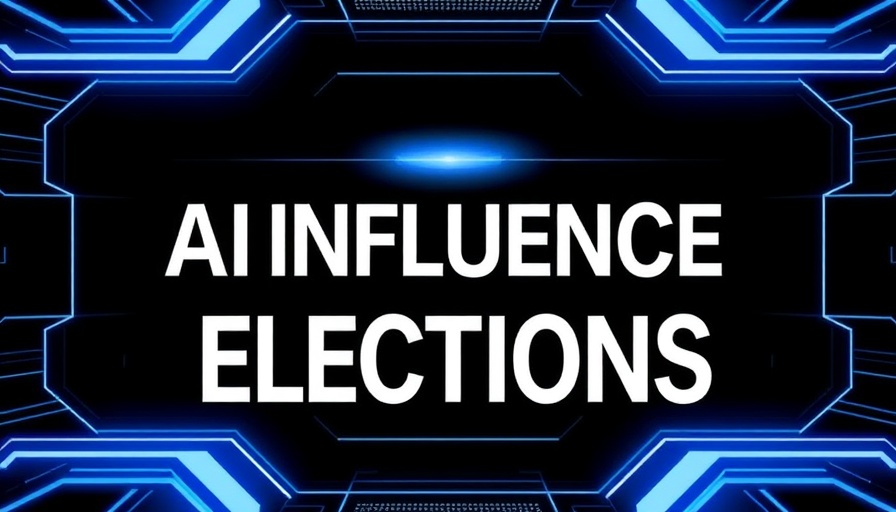
Decoding AI Concerns: The Environmental Urgency
As the adoption of artificial intelligence accelerates, the environmental implications of data centers emerge as a critical concern. In a recent episode of The AI Show, experts Paul Roetzer and Cathy McPhillips tackled pressing issues highlighted during the introductory AI classes. One of the most urgent topics discussed was the environmental consequences of AI's infrastructure. They emphasized the industry's responsibility to innovate sustainably, minimizing energy consumption while maximizing efficiency.
The Challenge of Cultural Bias in AI Models
Another significant question raised was about the sociolinguistic representation in AI systems. How reflective are these models of diverse languages and cultures? The panelists noted that while there has been progress, many AI systems still exhibit an American-centric bias. Engaging a broader range of data sources is essential for creating more inclusive AI frameworks.
Navigating the Legal Gray Areas of AI Creation
The creation and use of AI-generated content in marketing lead us to a complex web of ownership issues and risks. Roetzer and McPhillips confirmed that these gray areas have persisted with little legal clarity. This emphasizes the need for businesses to tread carefully, ensuring that they understand the implications of utilizing AI in their content strategies.
Experimenting with AI Agents: A Smart Approach
To leverage AI effectively, understanding where to start is crucial. The presenters suggested experimenting with AI agents by utilizing existing platforms or engaging with standalone tools. For those unsure of their first steps, experimenting on a small scale as a solo professional can provide valuable insights for teams about to embark on their AI journeys.
AI’s Promise in Business Strategy
In cultivating effective AI strategies, businesses face choices between different AI tool ecosystems. Should they standardize on one tool or embrace a hybrid approach? Roetzer and McPhillips argued that both strategies have their merits, and companies should consider their long-term goals when making these decisions.
In a rapidly evolving digital landscape, keeping informed on AI's advancements—and the associated ethical and operational challenges—is vital for professionals across industries. Education and dialogue will pave the way for responsible AI adoption, aligning technological progress with societal needs.
 Add Row
Add Row  Add Element
Add Element 



Write A Comment